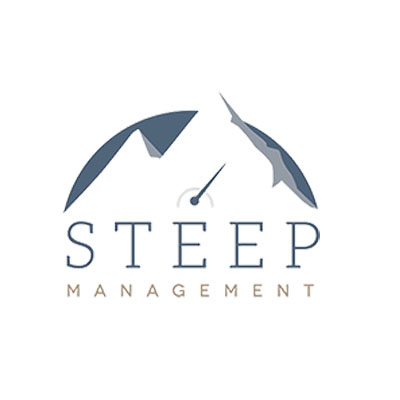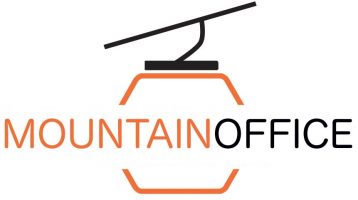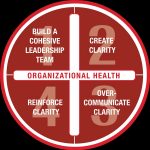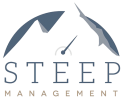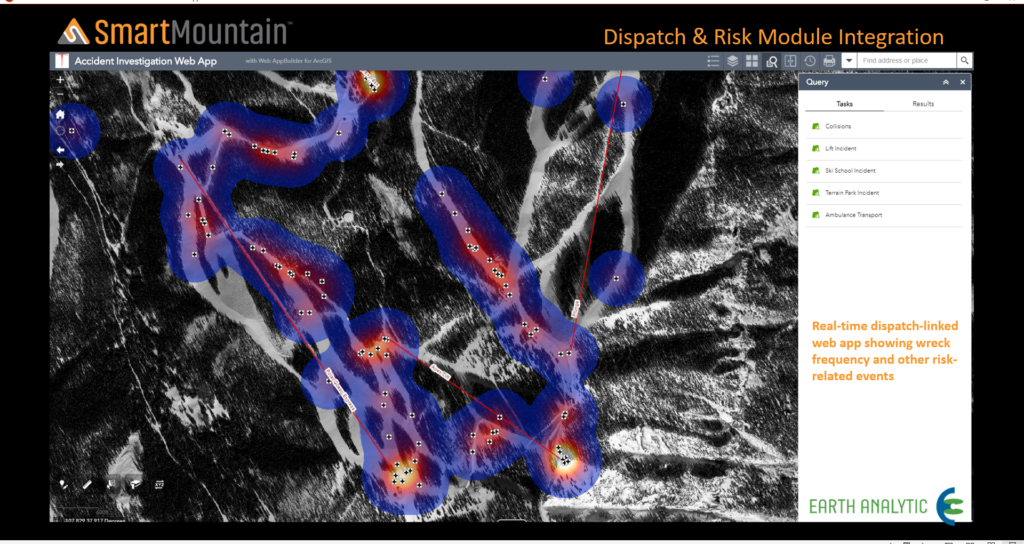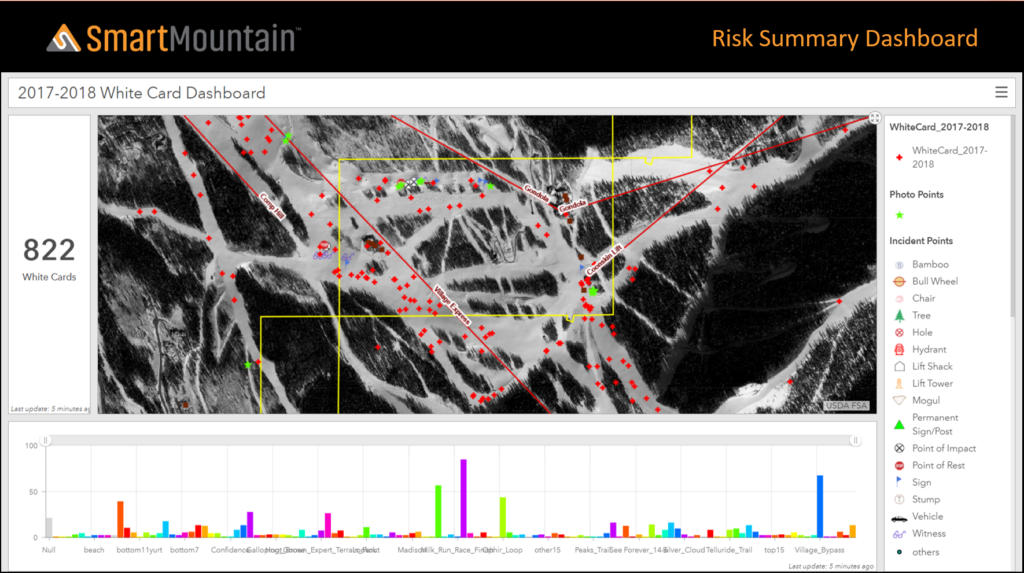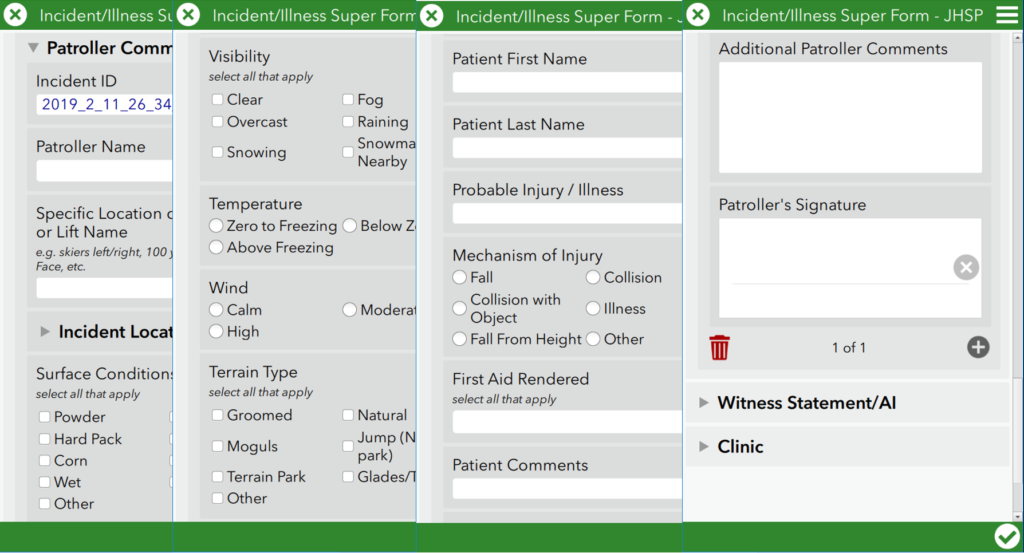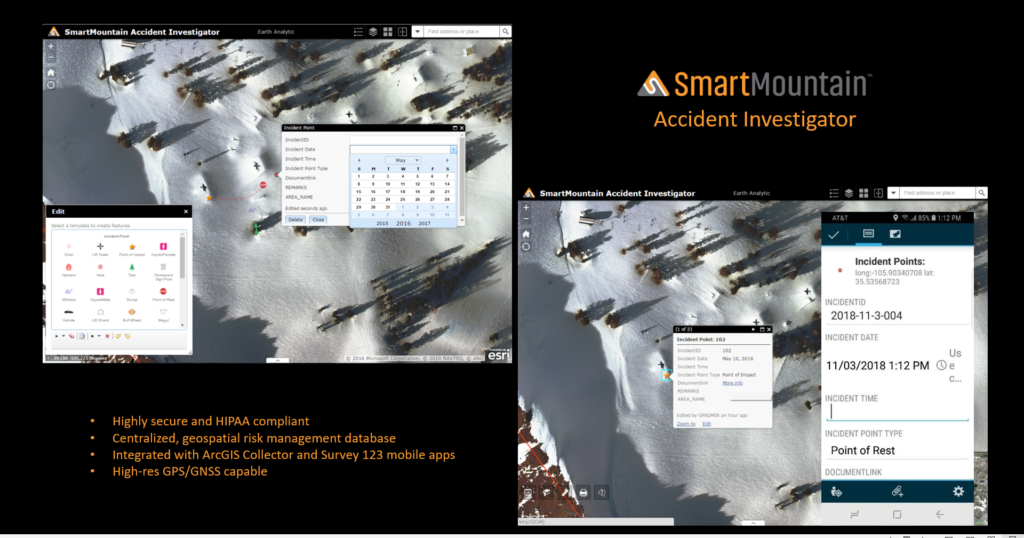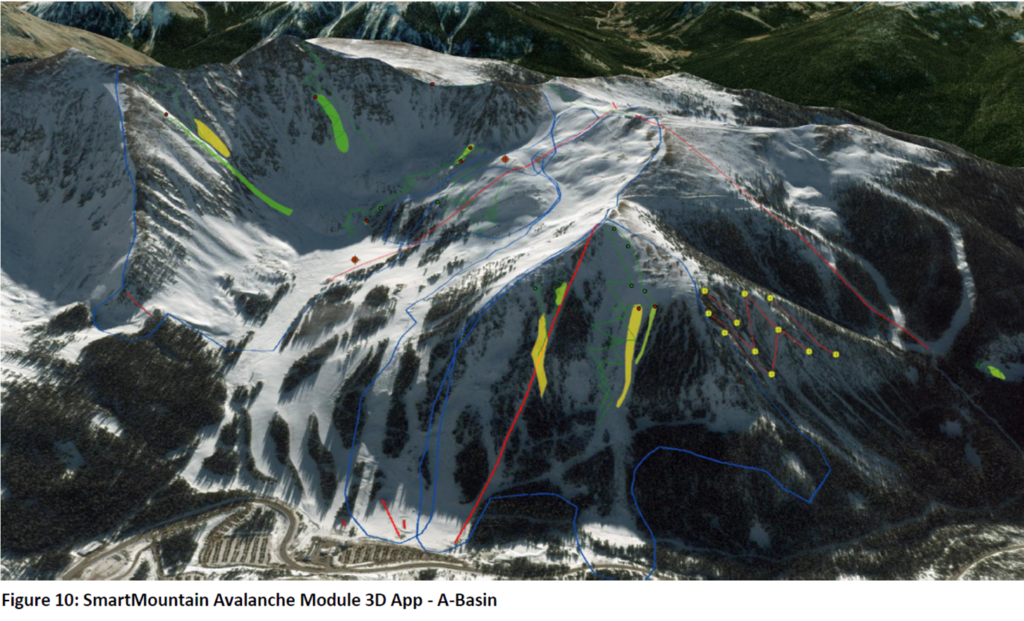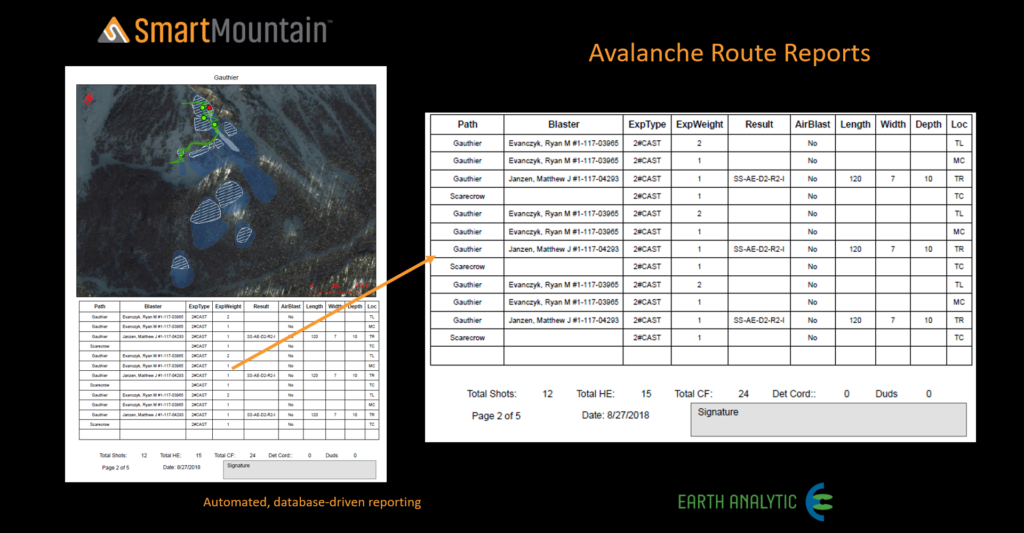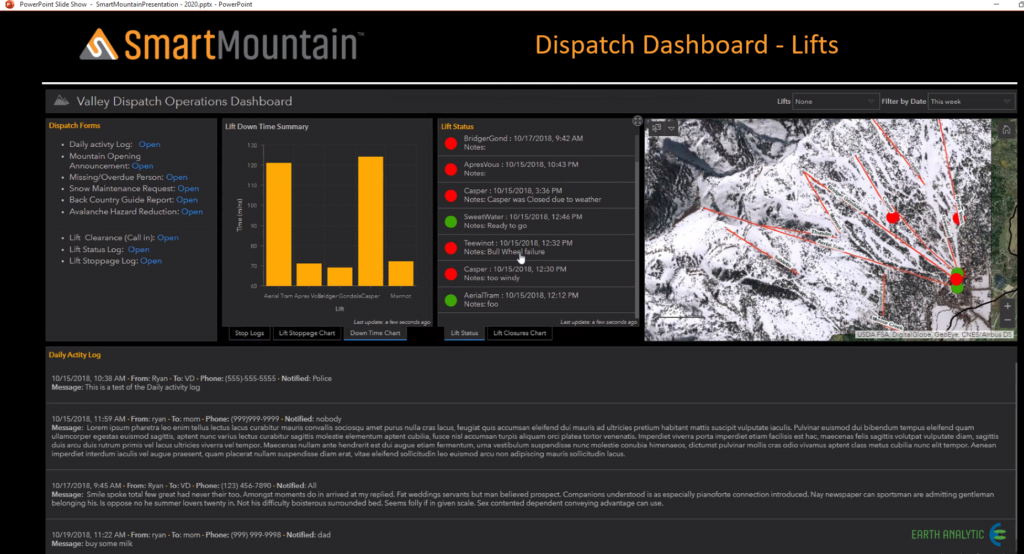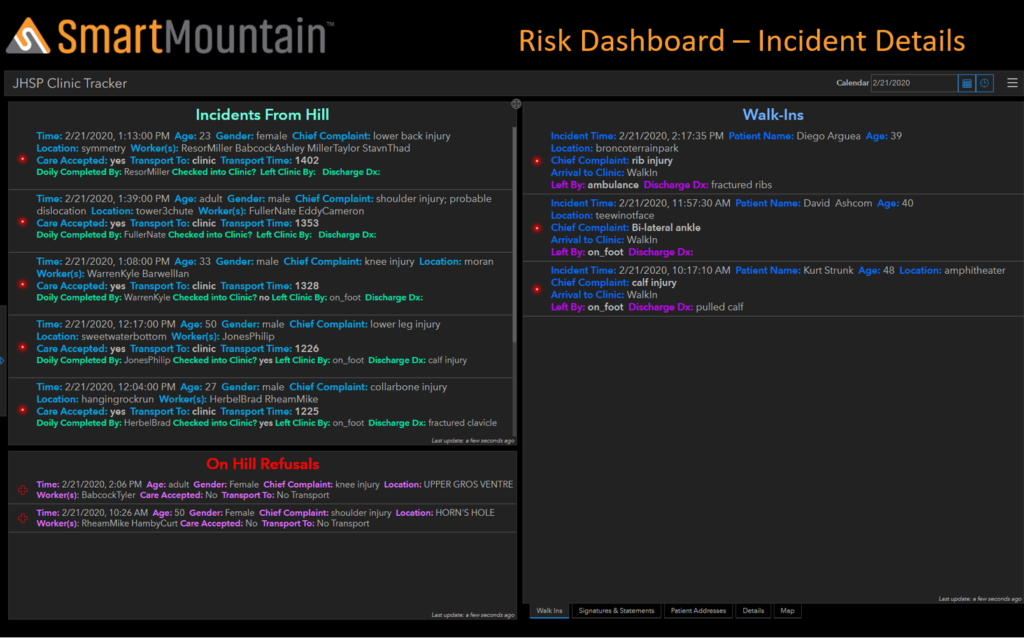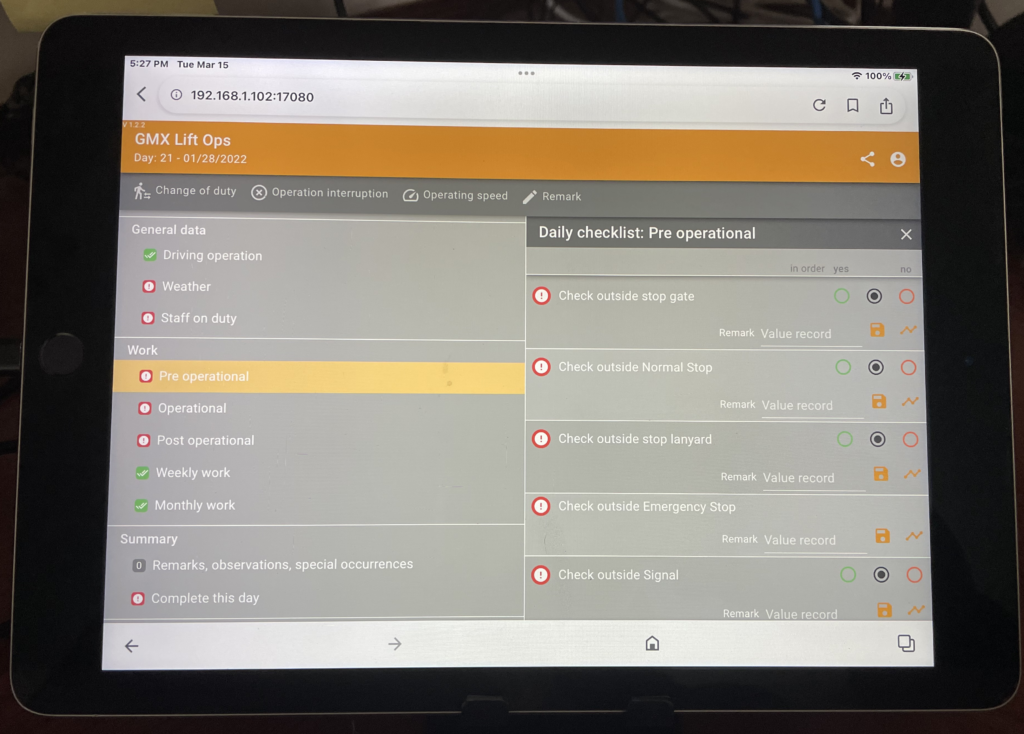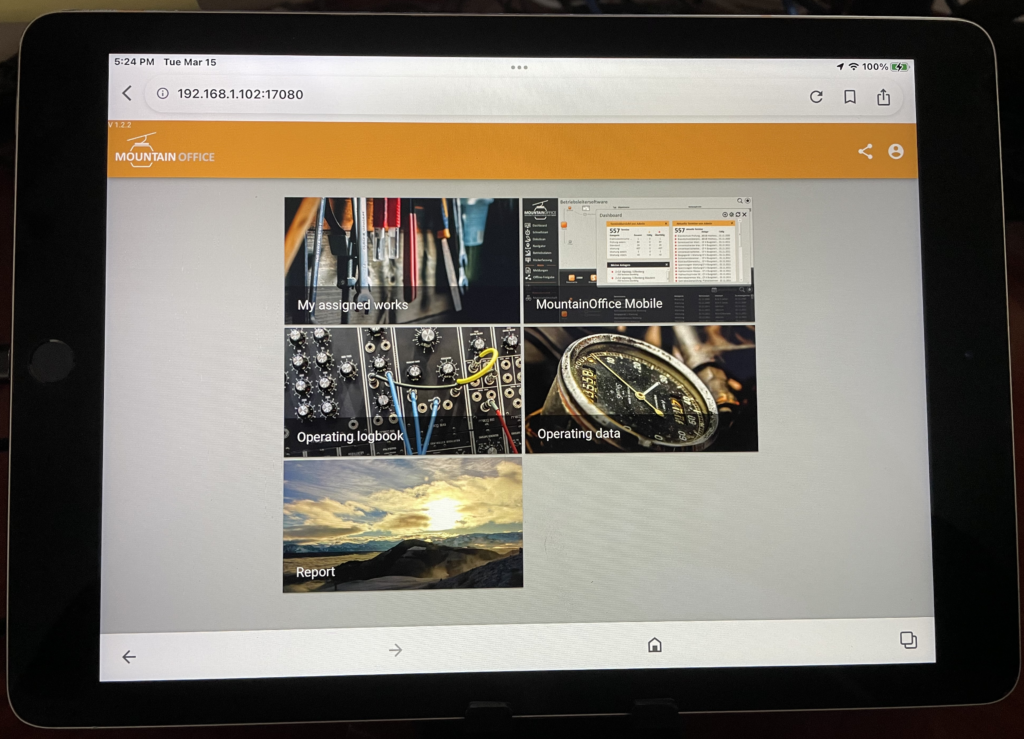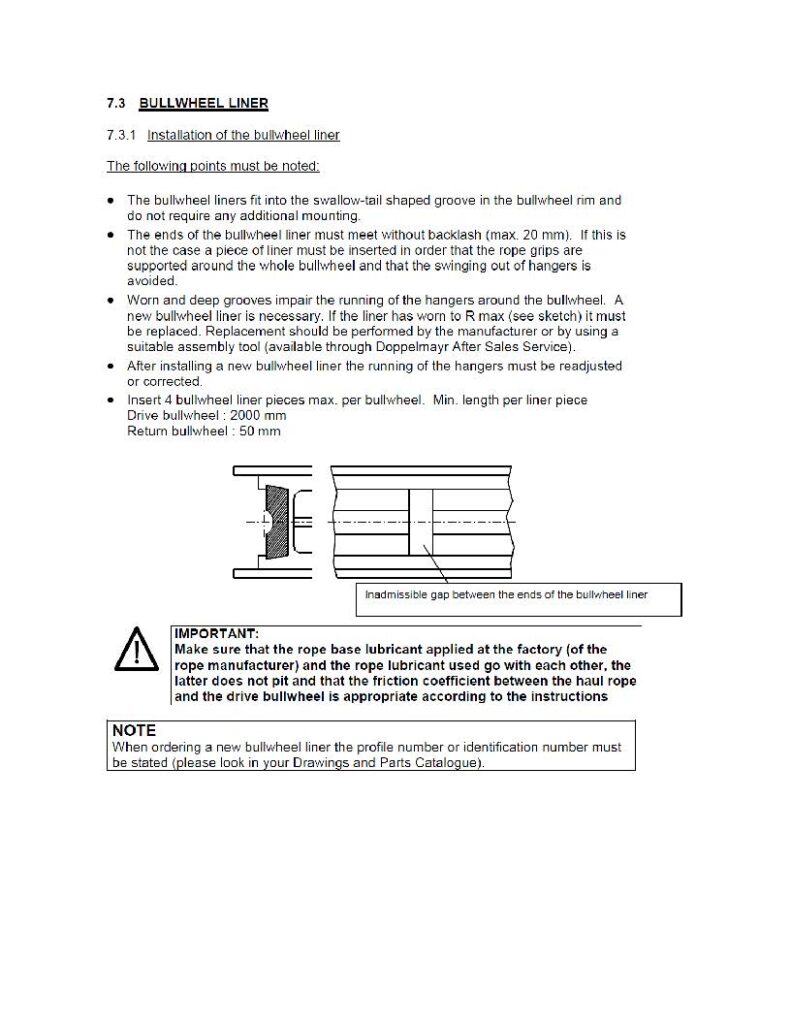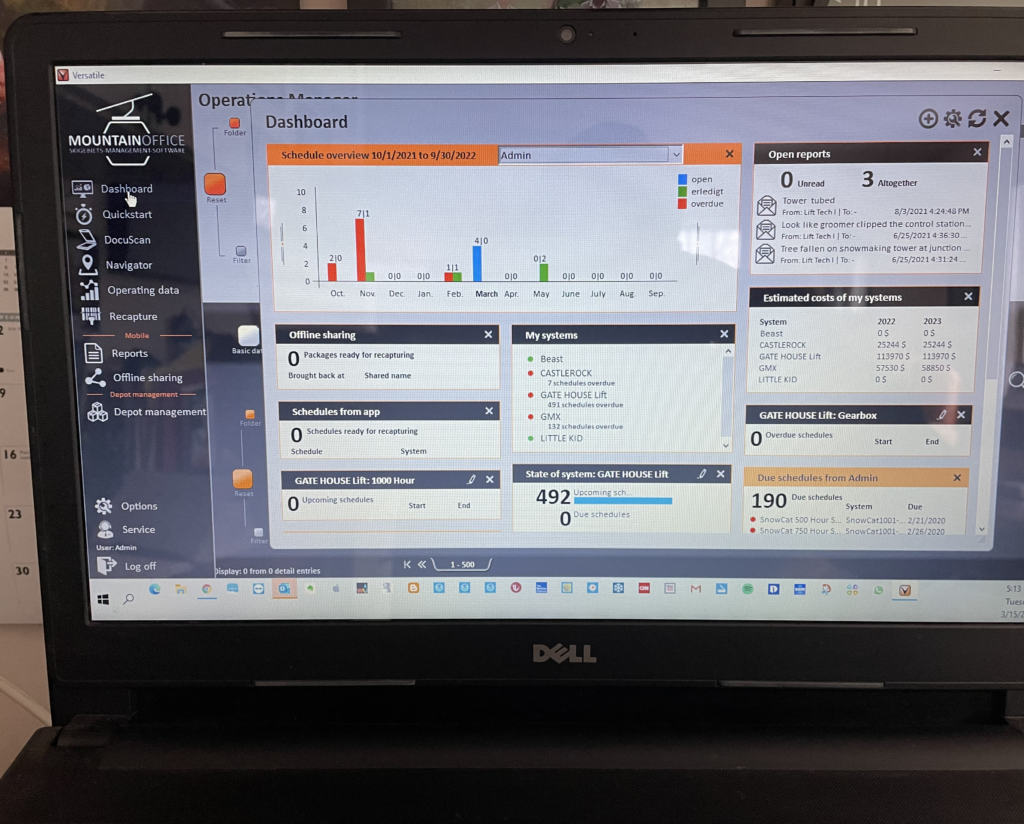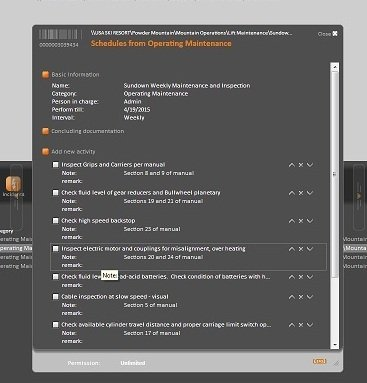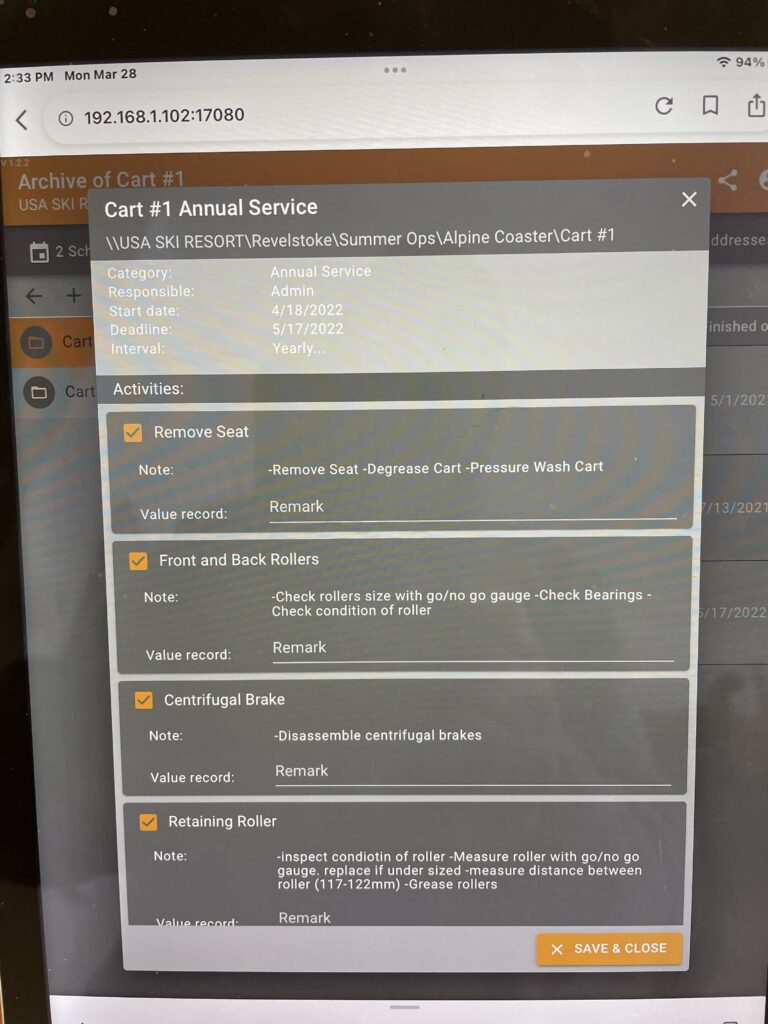
I was honored and appreciative to have the opportunity to facilitate a discussion with a room full of ski lift personnel to discuss the Future of Lift Maintenance. The discussion was not a technical one on lift design or operation but rather on having qualified and sufficient numbers of lift personnel to maintain ski lifts around the country.
The prelude to this discussion for me was two posts that I wrote for the March and April Steep Newsletters; Can Our Lift Infrastructure Be Maintained, Part 2 and Can Our Lift Infrastructure Be Maintained, Part 1. These two articles were the result of a question I asked myself after reading a Storm Skiing Journal Post that asked the question should skier visits be limited to the comfortable carrying capacity of a ski resort. My question was – Will tramway boards restrict the number of lifts that can run by the capacity and skill of a lift maintenance department? Given the shortage of lift technicians throughout this past season, it is a real question and a scary one.
In preparation for facilitating this discussion, I laid out some goals and a loose structure for the discussion. Let me tell you I was way off base and didn’t even get to the second half of what I thought we would talk about. I started with ground rules, and everybody was good with those and adhered to them. Next, I laid out four major factors for the current situation with two subheadings under one of the four major headings. Here are the factors I shared with the group:
- Age – retirement
- Pay
- Living conditions
- Culture
- Support – tools, training- response to maintenance needs
- Engagement – feedback- respect- belonging – the importance of the job
After the session, I thought a lot about how to organize my takeaways. I had the right major topics but there were a bunch of nuances I missed, and they all seemed tied together as I thought about them further. In sharing them I will summarize by factors and then try to tie them together as the discussion did.
Age – was a legitimate reason for a lot of people leaving the industry. Some of the reasons were not – I am going to retire and kick back, yes, there was some of that but there were other substantive reasons;
Been at this a long time and see no future
My body can’t do what it used to do, and this is physically demanding work
Been at a long time but not appreciated
Pay – yes, again a legitimate reason but not as powerful as I would have thought.
Many said there was no pay structure – so pay was the whim of management
No job structure or clear understanding of what was needed to advance to a new level
Pay not competitive for the work, skill, physical demands, and risk involved
Starting pay has to be addressed – many have but is it competitive to attract the right skills and attitudes to build on
Living conditions – I knew this one was tough and one I figured would not have many discussions. Was I ever wrong. This topic took a bit of time with no real suggestions going forward. There were numerous discussions about the older guys in lift maintenance being able in the past to buy a house relatively close to the mountain and live comfortably. The younger crowd shared they did not see that opportunity for themselves with the cost of housing in mountain communities. Long commutes on dark roads and the inability to see the future they wanted to, left a lot of doubt relative to staying in their minds.

Culture – as mentioned above there are two subheadings relating to culture and it was during these discussions that things kept coming back to the other three and moving from the various points under support and engagement. The discussion was robust and fruitful, albeit I couldn’t keep it under control. No regrets because it did yield some excellent points.
- Tools – generally a non-issue
- Training – is a concern on two fronts. (1) – you train someone, and they leave for a better job or more money (2) – if we don’t train, we don’t have the skills we need to do what needs to be done.
- Feedback – not enough
Respect & importance of the job – this was a big one, which I understood but not to the extent that it was expressed. Belonging is also tied into this discussion. It was recognized that much of their work is unknown to the skiing public and other employees at the ski area, but they want it recognized that they are as professional as those in marketing or accounting.
In summarizing the discussion, my takeaway is that the future of lift maintenance is dependent on the lift maintenance departments raising their level of professionalism and that management of ski areas be much more mindful of the culture within the ski area. Unfortunately, we ran out of time to formalize action steps which were one of our goals. We did identify a few things that lift departments can do themselves to demonstrate their professionalism. They are:
If a pay structure doesn’t exist for the lift maintenance department, the department manager should build one for the department by utilizing the NSAA Lift Maintenance Training Guide for establishing job structures and levels. Utilize the NSAA Sierra Research Association National Wage & Salary Survey of Mountain Resorts 2021 to develop pay ranges. The Wage & Salary Survey represents 141 ski areas and is broken down by region and size of the ski area.
If you don’t have one, develop an in-house training program utilizing the NSAA Lift Maintenance Training Guide for developing a training curriculum. Use whatever you have available to track hours of training. Hold members of the department accountable for attending training. Utilize the more skilled members as trainers – yields two benefits, an acknowledgment of those with skills and a way for the skilled to interact with those less skilled.
Clean up the shop and break area to be an area that is well organized, clean, and productive. You’d be proud to show your mother or your significant other.
A big takeaway for me was the group fully recognized that if they didn’t act professionally, they can’t be expected to be treated professionally.
Unfortunately, we didn’t get the time to address how to move the discussion up to management. My takeaway relating to this from what the group shared is that the upper levels of management have to invest more effort to engage with lift maintenance staff. This includes time and financial resources.
From a time perspective, upper management needs to be there when a lift maintenance team has to spend the night to get a lift online. Make the staff feel appreciated for making that extra effort.
Financially, provide funding for training both onsite and at places where the lift maintenance staff get instruction from professionals. Encourage your human resource department to develop a pay structure with proper job descriptions, job levels reflecting required skills, and a pay scale that is transparent to the staff. The staff needs to know what skills they need to learn and become proficient in to move to the next level. Make sure pay increases are consistent with the pay structure – no favorites, all based on merit and skill.
I have to say this discussion was rewarding for me as it reinforced my belief in organizational health or culture as the key to success. A healthy organization produces a culture that deals with the factors of support and engagement and raises the level of professionalism.
Housing is the elephant in the room for sure and in many cases, the ski area has little it can do in this area. I would encourage ski area owners and management to engage with their civic community to address the housing issue. The hard fact is staff may leave your ski area if they can’t find suitable living conditions.
I hope these discussions can continue at conferences like LMS, RMLA, LOME, and NSAA trade shows.
